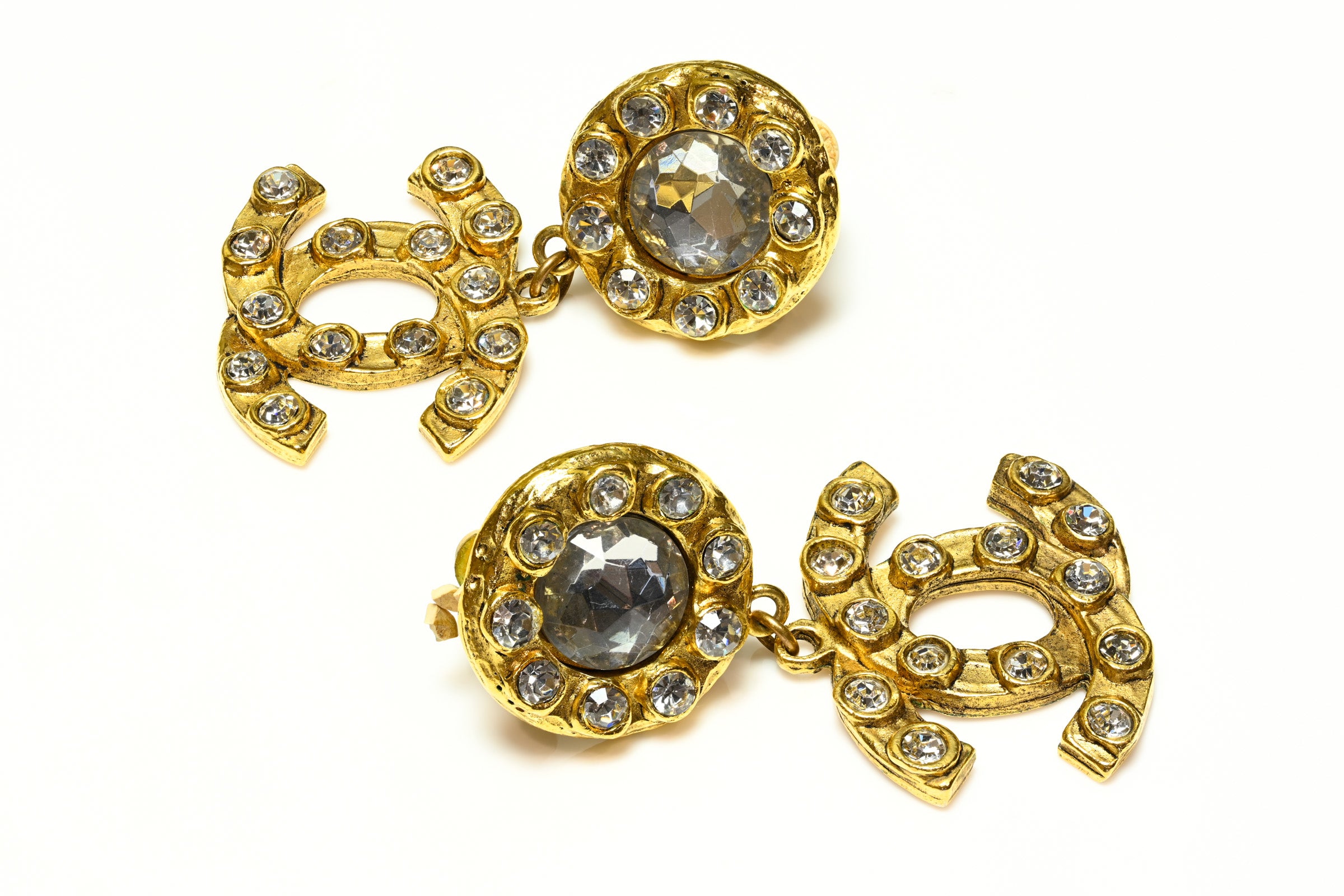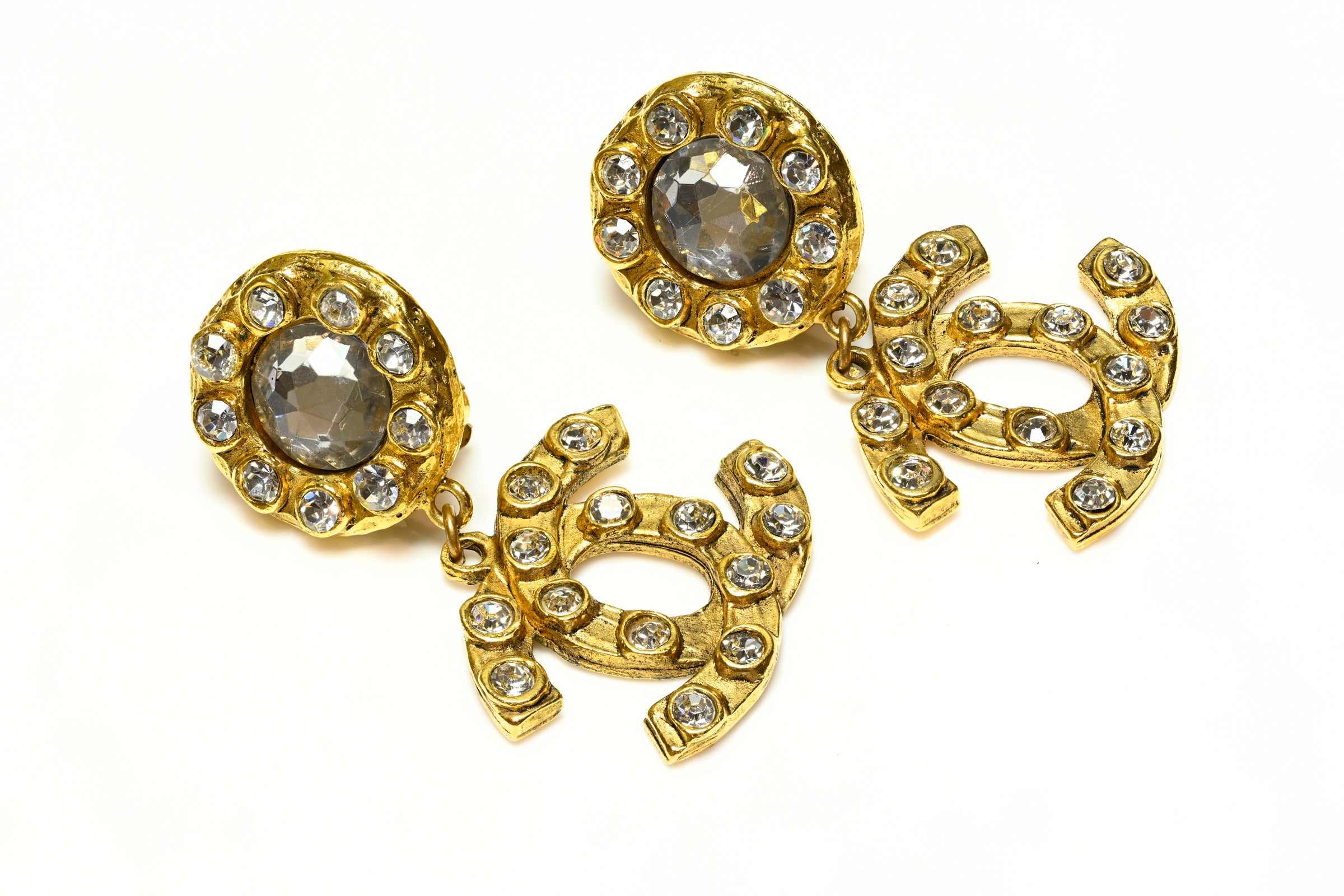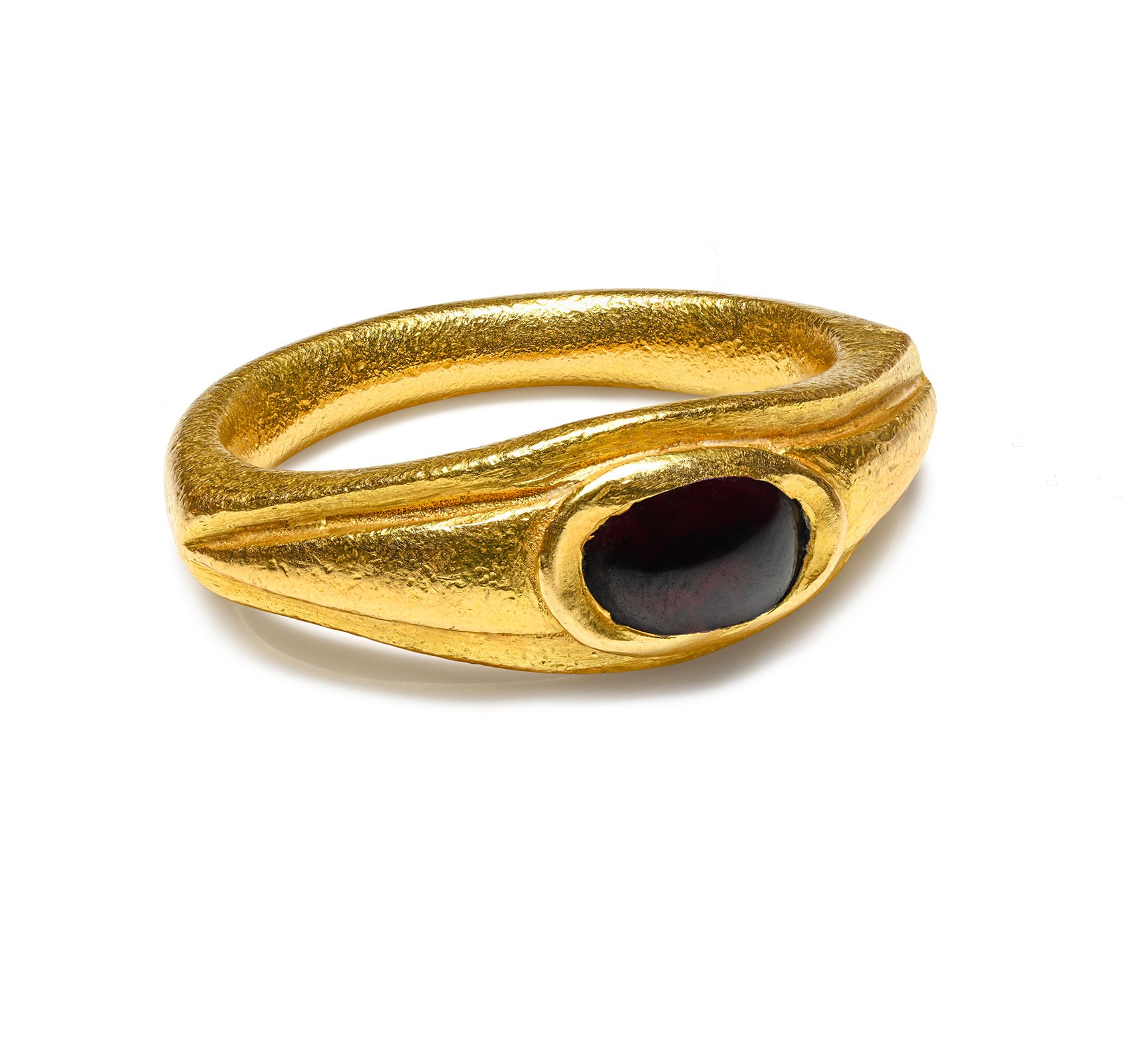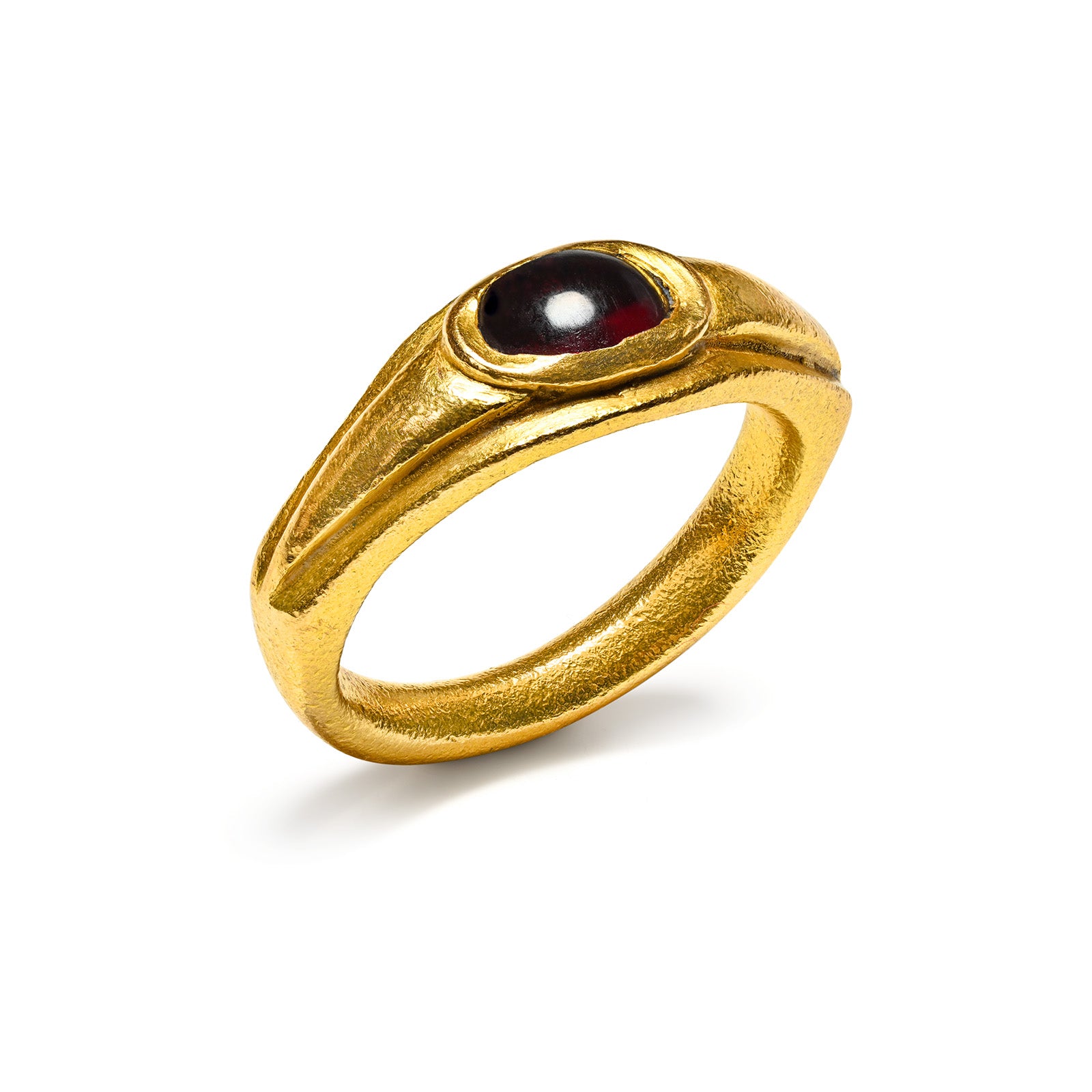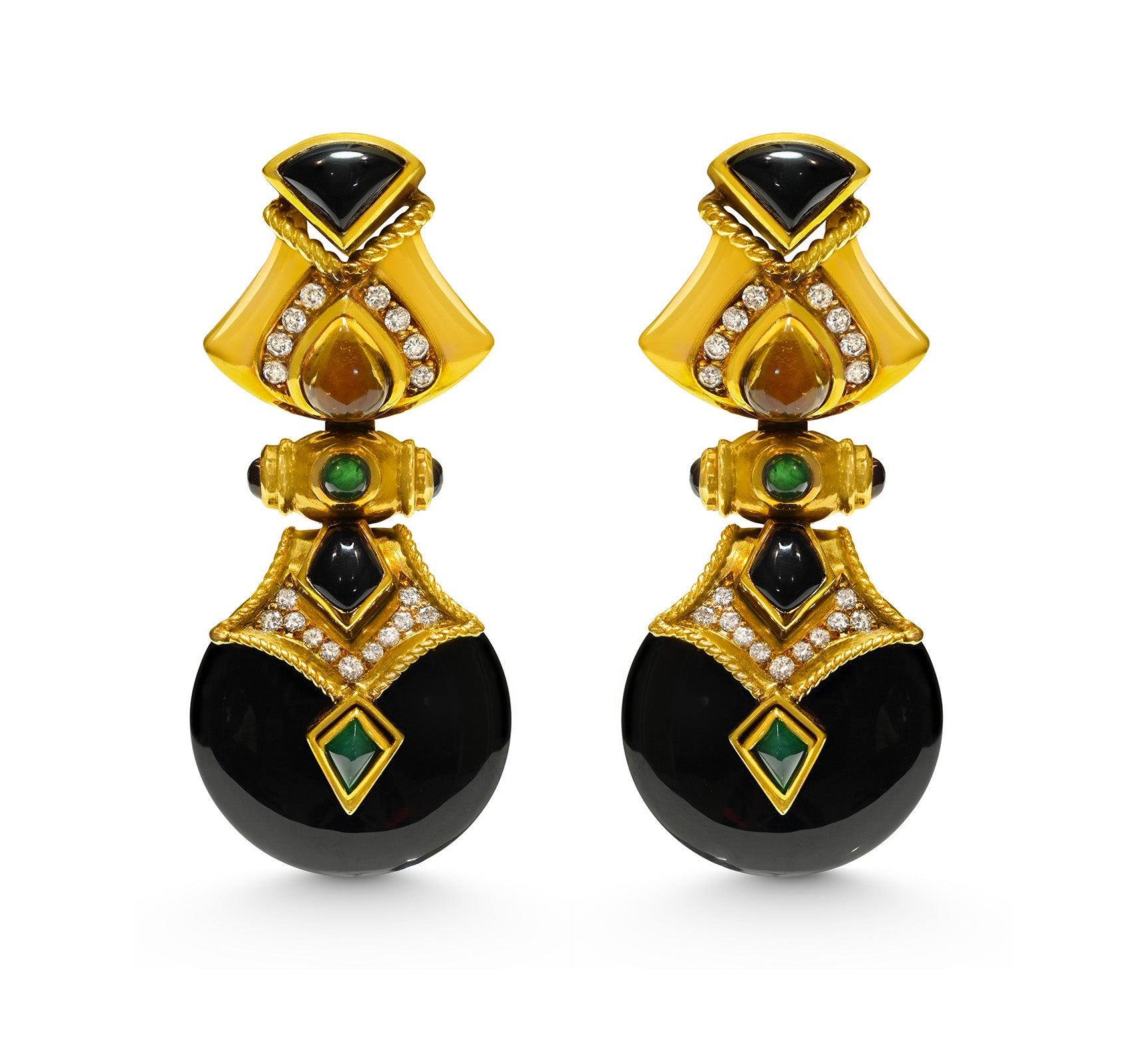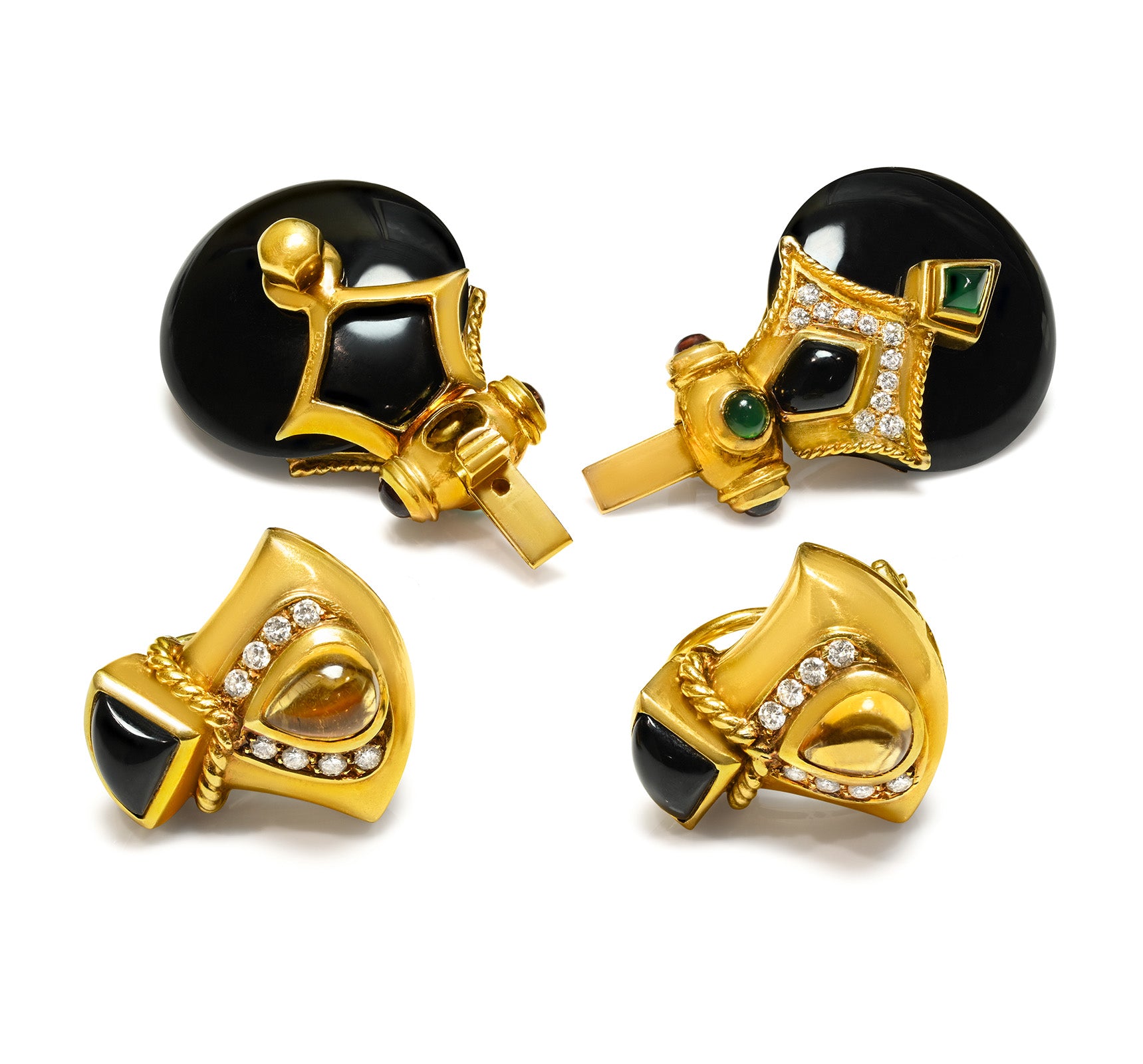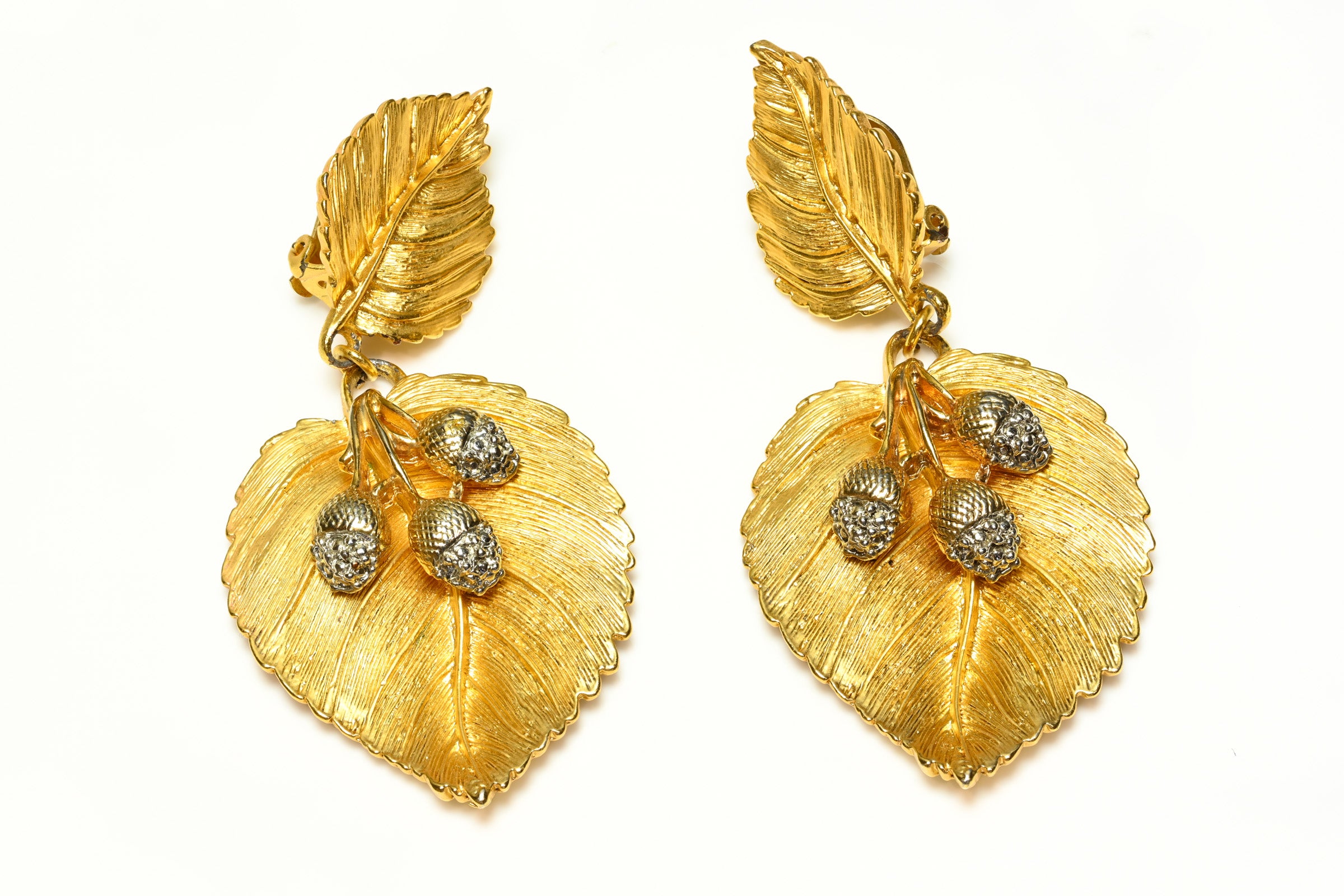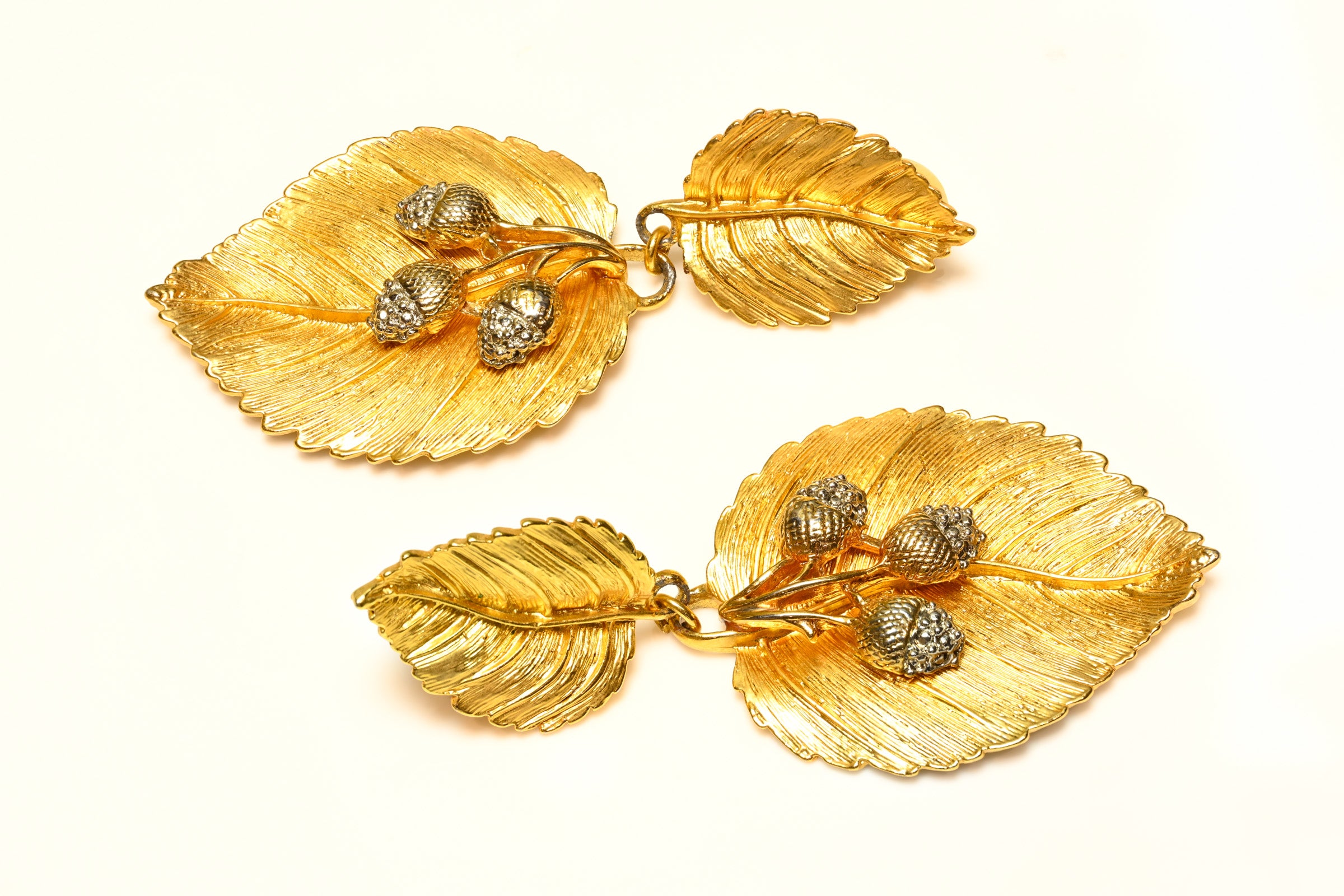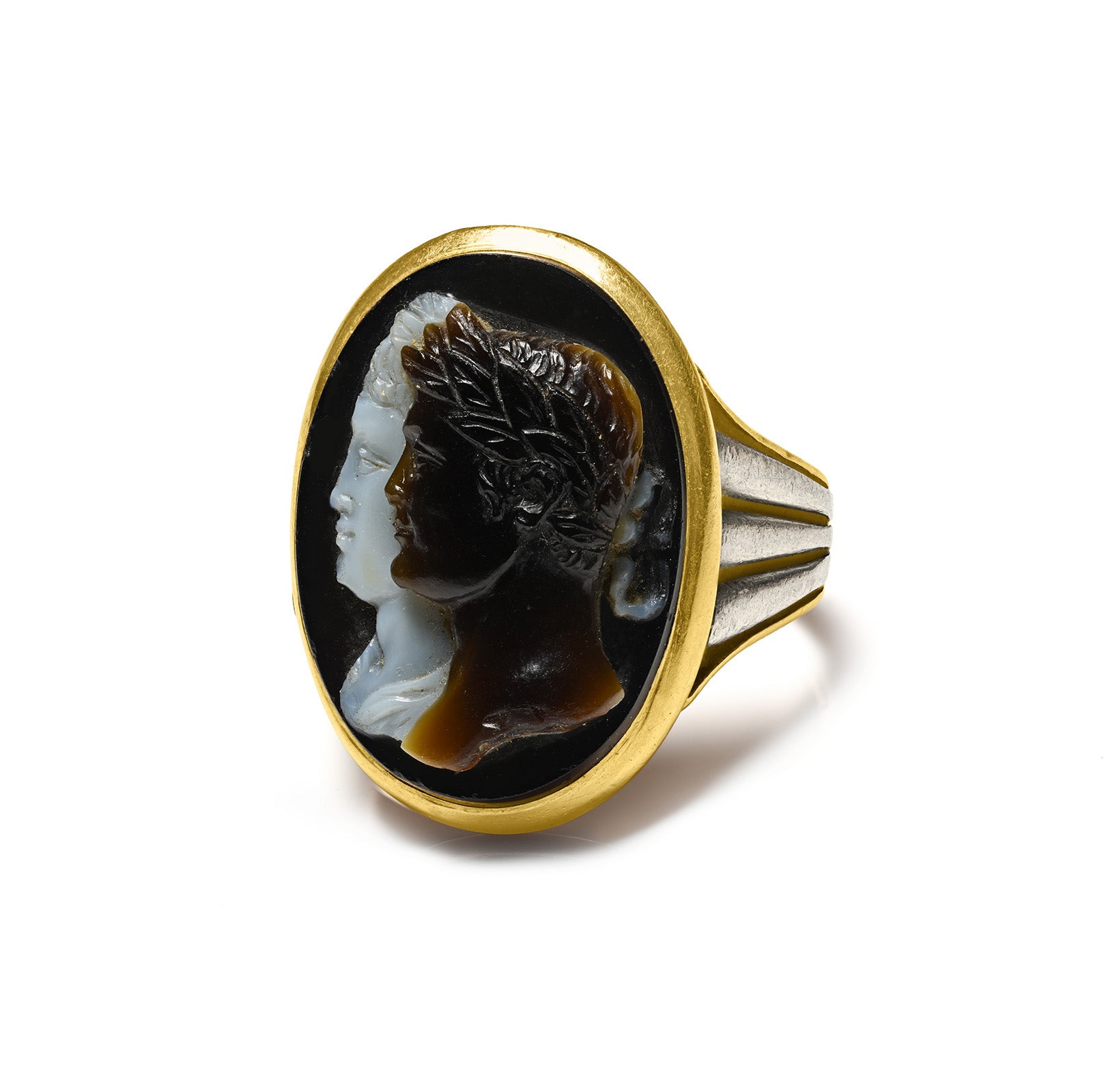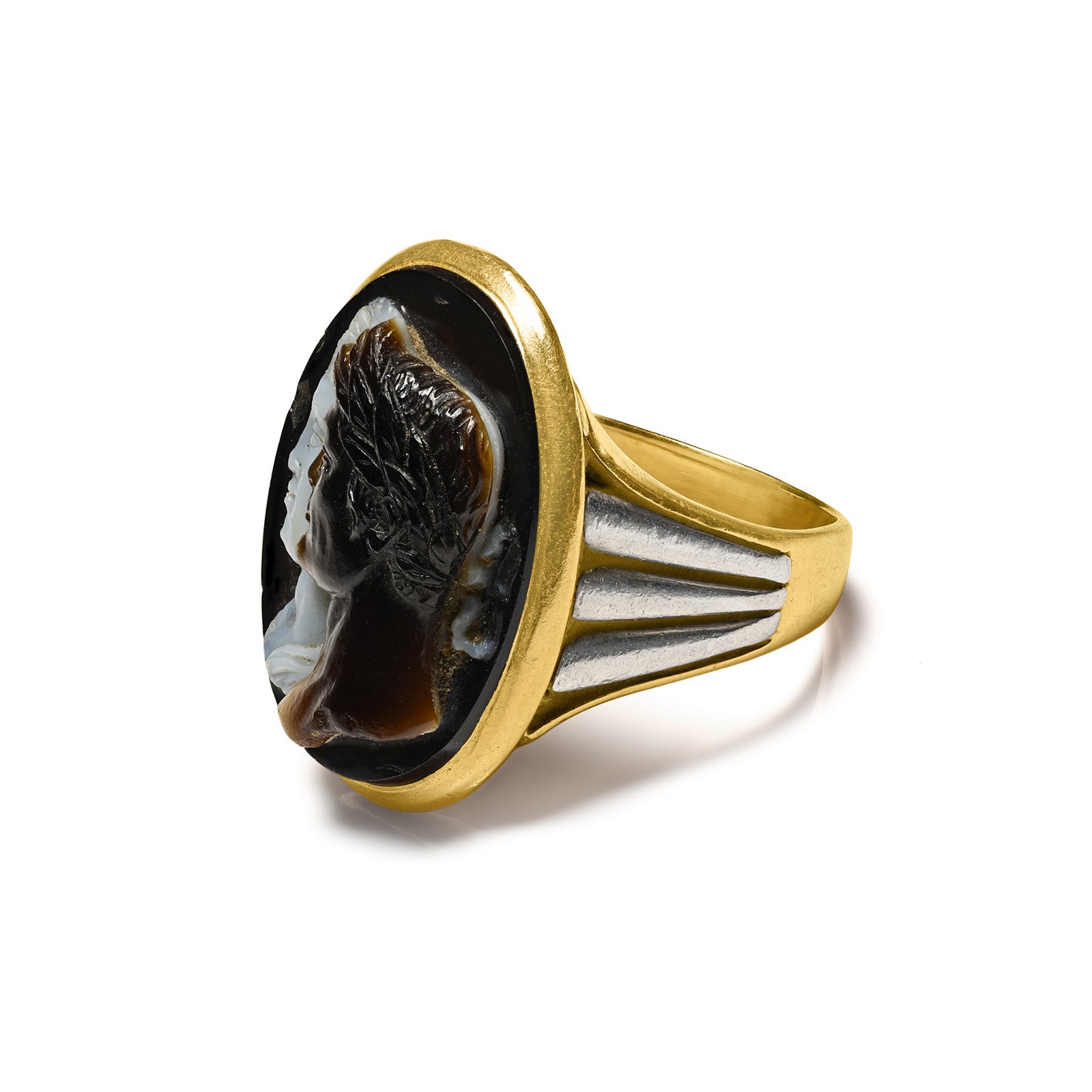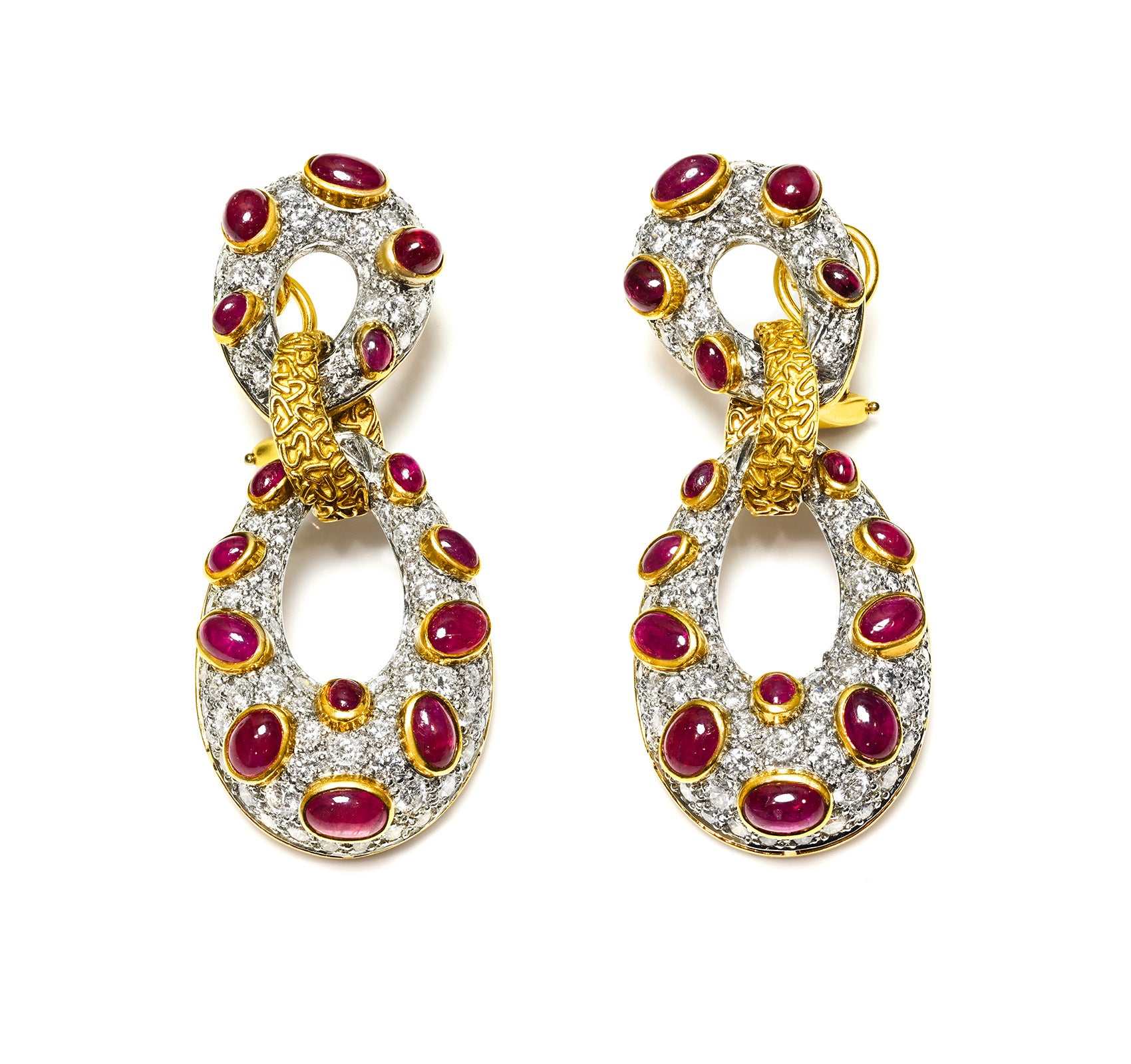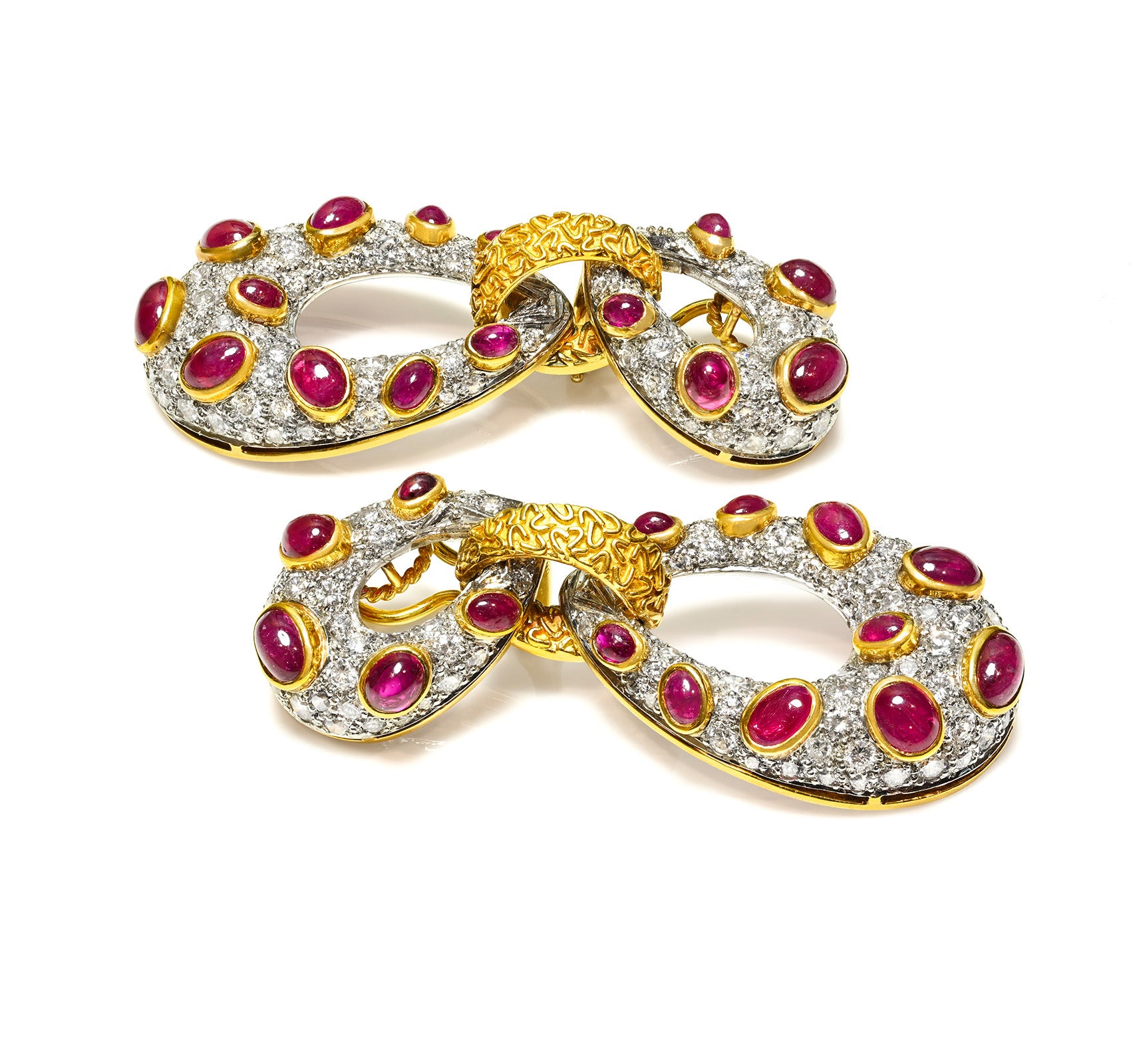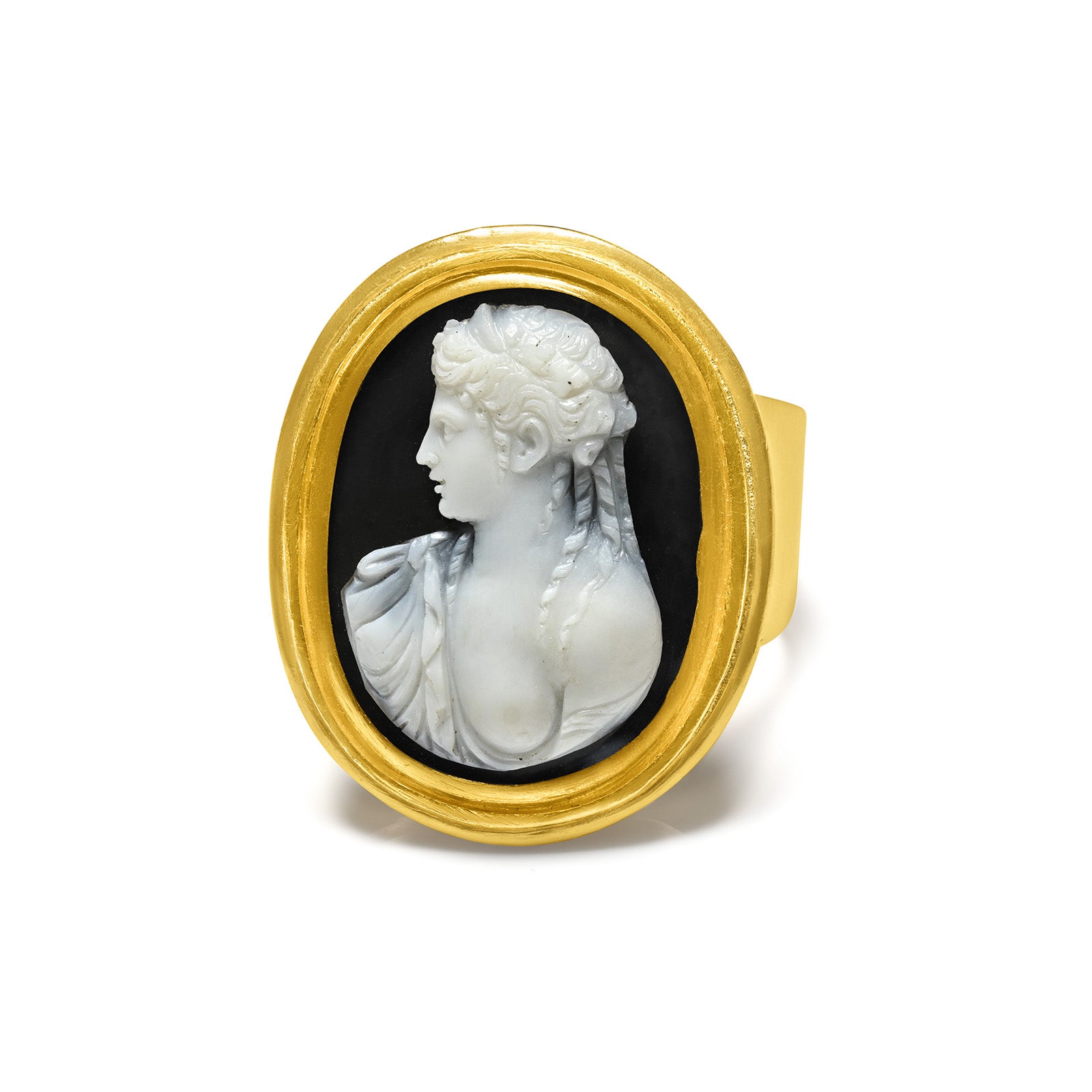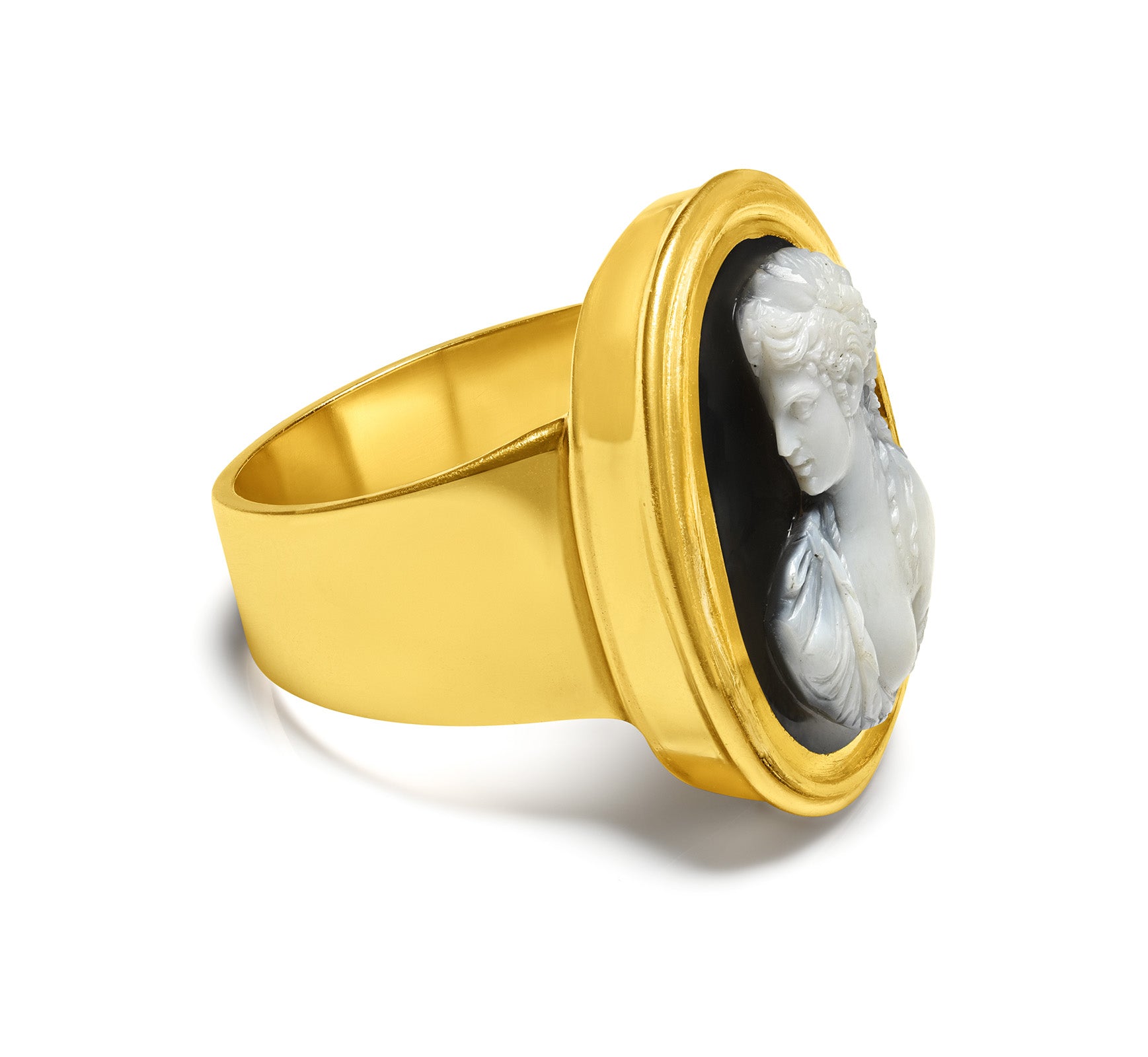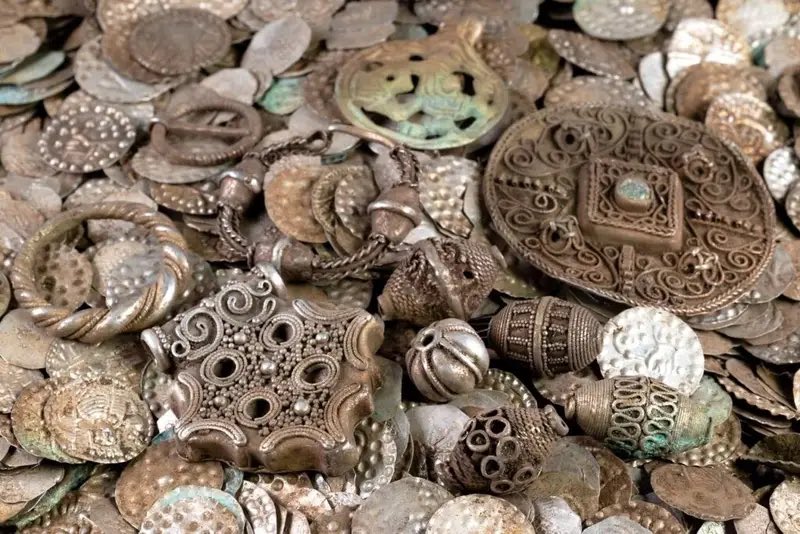
Massive Viking-Era Silver Treasure Unearthed Near Stockholm
What began as a quiet day digging for worms turned into one of the most extraordinary archaeological discoveries in modern Swedish history.
Near a summer cottage outside Stockholm, a man unearthed a treasure that had lain undisturbed for nearly nine centuries — a vast hoard of up to 20,000 silver coins, along with pearls, pendants, and rings from the Early Middle Ages.
According to the Stockholm County Administrative Board, which is overseeing the excavation, the treasure weighs approximately 13 pounds (6 kilograms) and dates back to the 12th century — a time when Sweden was taking shape as a Christian kingdom amid turbulent political and territorial expansion.
The finder, realizing he had stumbled upon something far beyond the ordinary, immediately notified authorities. Archaeologists soon arrived, carefully unearthing what experts now describe as a “completely unique discovery” in the region’s medieval history.

Photo Credit: Stockholm County Administrative Board
A Treasure Hidden in a Copper Cauldron
The silver coins and artifacts were originally stored inside a large copper vessel, now heavily corroded but still partially intact. Inside lay thousands of coins — most minted during the reign of King Knut Eriksson, who ruled Sweden from 1173 to about 1195.
Several of the coins bear the Latin inscription “KANUTUS”, signifying their royal origin, while others are bishop’s issues, minted under the authority of powerful clerical figures. These ecclesiastical coins show a bishop holding a crosier, the symbolic pastoral staff that signified both faith and influence.
“This appears to be one of the largest early medieval silver hoards ever found in Sweden,” said Sofia Andersson, an antiquarian at the County Administrative Board. “Although we don’t yet have the final count, it’s likely close to twenty thousand pieces — and its preservation is remarkable.”

Photo Credit: Stockholm County Administrative Board
Echoes of an Unstable Era
Archaeologists believe the hoard was buried toward the end of the 12th century — an era marked by political unrest and territorial campaigns as Sweden sought to consolidate control over parts of Finland.
“It was a troubled time,” explained Lin Annerbäck, director of the Medieval Museum of Stockholm, in an interview with Dagens Nyheter. “People often buried their wealth to protect it during conflicts or raids, hoping to recover it later. The mix of coins, pearls, and personal jewelry clearly suggests private ownership — someone’s fortune intentionally hidden away.”
At the time this treasure was buried, Stockholm did not yet exist. The Swedish capital was officially founded later, in 1252, by statesman Birger Jarl. This detail alone makes the find even more intriguing — a rare glimpse into the region’s pre-urban past.

Photo Credit: Stockholm County Administrative Board
The Silver Economy of Medieval Sweden
During the Middle Ages, silver was the lifeblood of trade and status across Northern Europe. Gold was rare, but silver — mined, traded, and hoarded — flowed through the hands of kings, merchants, and bishops alike.
Sweden’s early monarchs relied heavily on silver to mint currency and cement alliances, often drawing from the rich deposits of Gotland and other Baltic territories.
The presence of both royal and episcopal coinage in the same deposit highlights the intertwined powers of monarchy and church — a reflection of an age when faith and politics were inseparable.
“This discovery offers invaluable insight into medieval Swedish society,” said Andersson. “It’s a tangible record of the relationships, economy, and belief systems that shaped this part of Europe nearly 900 years ago.”
What Happens Next
The treasure is now undergoing careful conservation and analysis at the Stockholm County Administrative Board’s facilities. Each coin will be cataloged, photographed, and studied for metallurgical content and mint origin.
Once preserved, the hoard will be transferred to the Medieval Museum of Stockholm, where the public will be able to view it as part of Sweden’s national heritage.
Under Swedish law, the finder is entitled to compensation — a process now being reviewed by the National Heritage Board (Riksantikvarieämbetet).
“The finder acted exactly as he should have,” Andersson noted. “By reporting the discovery immediately, he ensured that the artifacts could be studied and preserved properly.”
An Unearthed Legacy
The discovery of the Stockholm silver hoard is more than a story of luck — it’s a window into an age when wealth was fragile, kingdoms were young, and silver ruled the known world.
It reminds us that beneath the surface of even the most ordinary Swedish landscapes lie traces of lives, ambitions, and treasures from a distant past.


